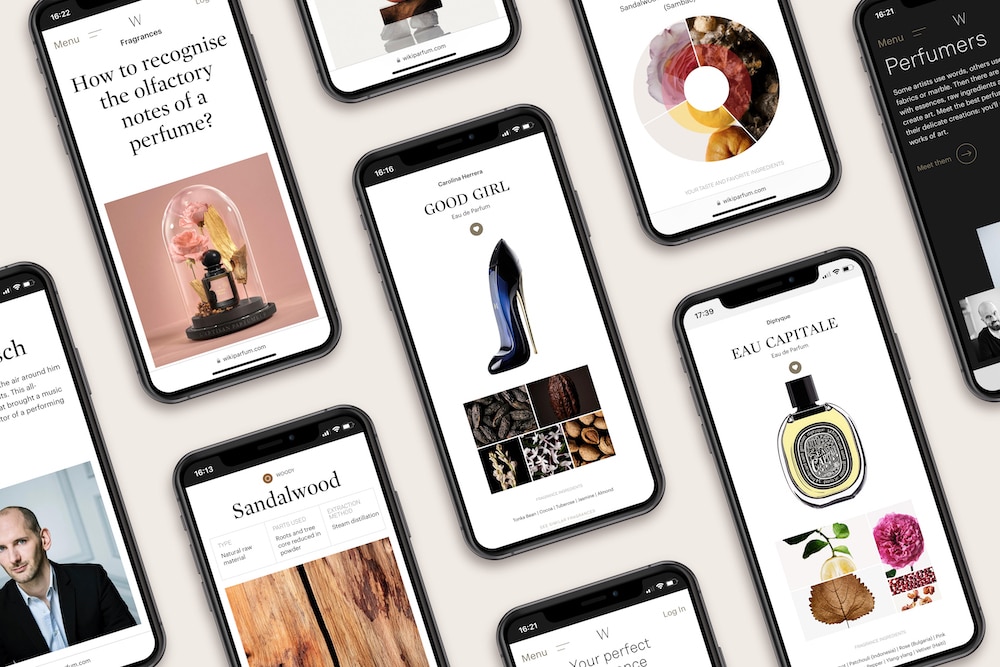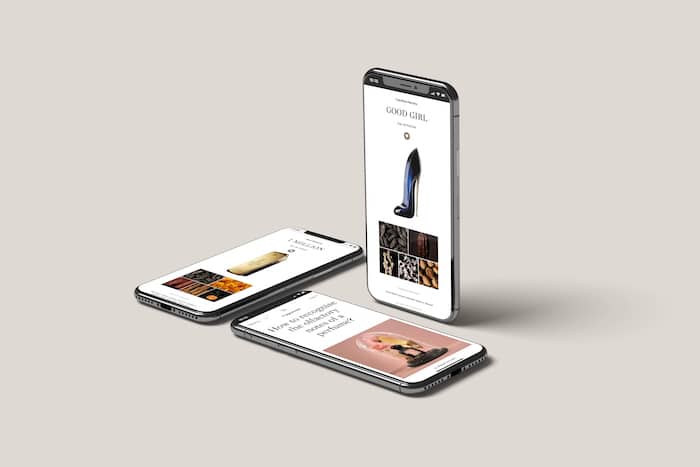WikiParfum, the Place for Perfume Lovers and Learners
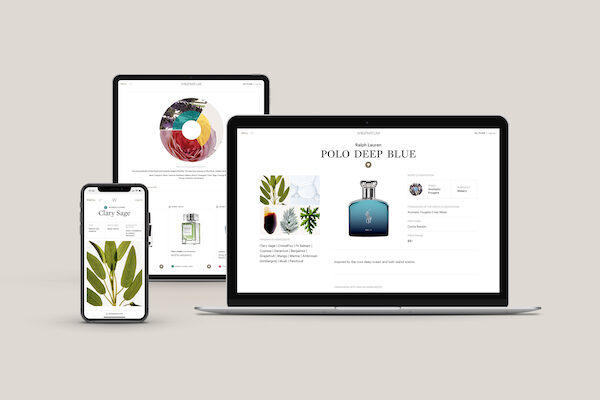
A vast digital compendium of close to 20,000 perfumes, 1,400 ingredients, 900 brands, available in 7 languages
A search engine driven by a powerful algorithm delivers objective, brand-agnostic fragrance recommendations
Expert content developed by professional perfumers and scientists, designed to educate users at every level
An indispensable fragrance shopping and gifting tool
Puig announces the release of WikiParfum, a digital platform dedicated to all things perfume. Composed of an enriched website
( https://www.wikiparfum.com ) now available in 7 languages and a brand-new mobile app, WikiParfum gives users access to a vast online compendium of expert content, functionality and features developed by industry professionals.
The platform enables everyone to browse, compare and choose fragrances from a constantly updated library which currently includes some 19,600 scents.
Decoding perfume WikiParfum helps users discover what a perfume smells like, even before they try it in a store.
When a user searches for a fragrance on the website or the app, a digital tool draws from a database containing 1,400 photographs of raw materials used in perfumery and organizes the images into a visual representation.
This solution, or scent visualizer, allows the user to “see” the fragrance. The larger the image, the more dominant the ingredient. Displayed on a black background, the ingredient is intense; less so if the background is white.
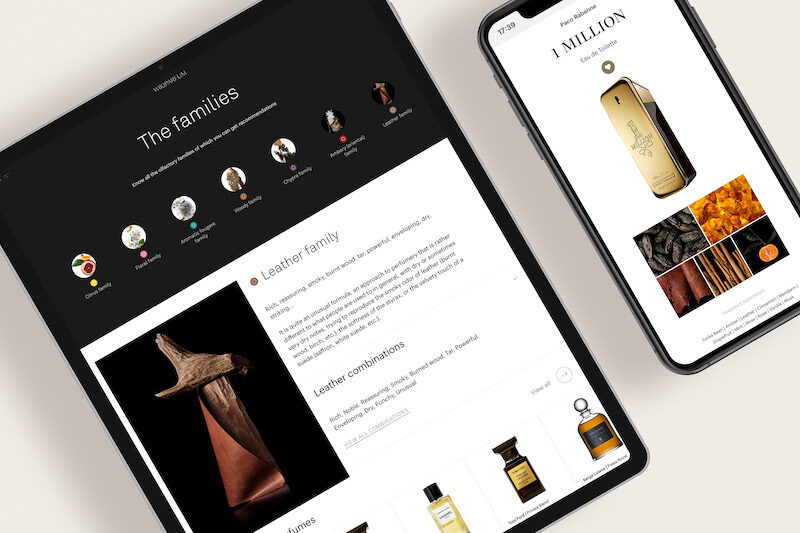
In addition to visual data, WikiParfum delivers key information, such as the perfume’s olfactory family, its main ingredients, the perfumer who created it, and the price range. A selection of related fragrances with similar ingredients completes the search results.
Each data point offers a pathway for users to expand their knowledge via links to deeper levels of the platform’s encyclopedic content: from the origins and history of perfumery’s raw materials to biographies of noted perfumers and their signature creations, or news of the latest fragrance trends and releases.
The information and recommendations provided by WikiParfum are based on science and perfume expertise, to ensure accuracy, objectivity, and brand-agnostic results.
Behind the elegant interface of WikiParfum, a complex analytical system is at work. Puig collaborates with Fragrances of the World, the largest independent guide to fragrance classification, created over a 40-year career by fragrance authority and historian Michael Edwards. His database supplies the expert perfume information for WikiParfum.
Based on the olfactory mapping of the database and on an individual’s stated preferences, the platform’s powerful algorithm provides users with personalized fragrance recommendations.
Tailor-made for in-store use, the WikiParfum mobile app (available on Google Play and the App Store) features a barcode reader called EAN.Nose.
Simply by scanning a perfume’s label at the point of sale, shoppers can “see” how the fragrance smells and learn key facts.
Armed with this information users can shop with confidence, for themselves or for others. Indeed, WikiParfum is an ideal tool for finding fragrance gifts: one need only know a person’s preferred scent, ingredient, or olfactory family to identify a suitable present.
Completing the WikiParfum platform is AirParfum, the innovative airborne fragrance system patented and launched by Puig in 2018 for use at the point of sale. AirParfum addresses what was seemingly an intractable consumer pain point: the inability to sample multiple fragrances in-store without incurring olfactory saturation.
AirParfum technology transforms purified air into perfumed air, enabling shoppers to experience scores of scents without confusion or sensory fatigue.
With WikiParfum, Puig offers the public an educational, useful, and innovative tool, one that makes the complex world of fragrance at once accessible, personal and pleasurable.
In 2021, Puig recorded sales of €2,585M. Puig sell products in 150 countries and operate 29 subsidiaries.
Puig creates unique and highly desirable beauty and fashion brands that empower people to reinforce their self-esteem and find their own expression, in a family company that aims to leave a better world for the next generation.
Since 1914, our company’s entrepreneurial spirit, creativity and passion for innovation have made Puig a challenger in the beauty and fashion world.
Present in fashion and in the three prestige beauty categories (fragrances, makeup and dermo-cosmetics) the brand portfolio generates engagement through great storytelling that connects with people’s emotions.

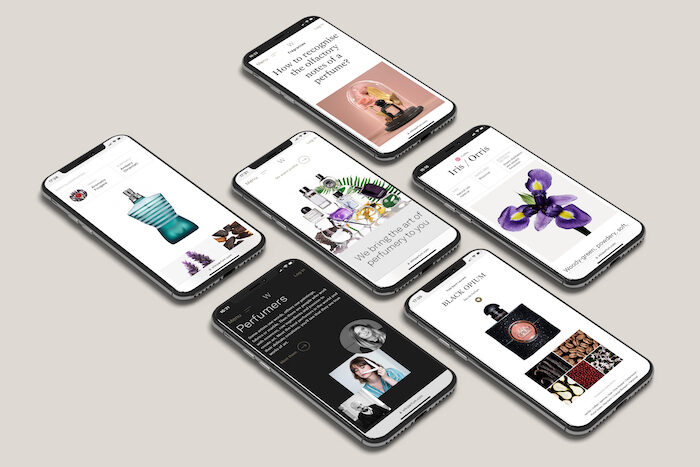
The brand portfolio is structured in three divisions: Beauty and Fashion, with the owned brands Carolina Herrera, Nina Ricci, Paco Rabanne, Jean Paul Gaultier, Dries Van Noten, Penhaligon’s and L’Artisan Parfumeur; the licenses of Christian Louboutin and Comme des Garçons perfumes; and Lifestyle fragrances, among them Adolfo Dominguez, Antonio Banderas and Benetton. The Charlotte Tilbury division, which includes the luxury makeup brand. And the Derma division, with Apivita, Uriage and the joint venture in Isdin.

